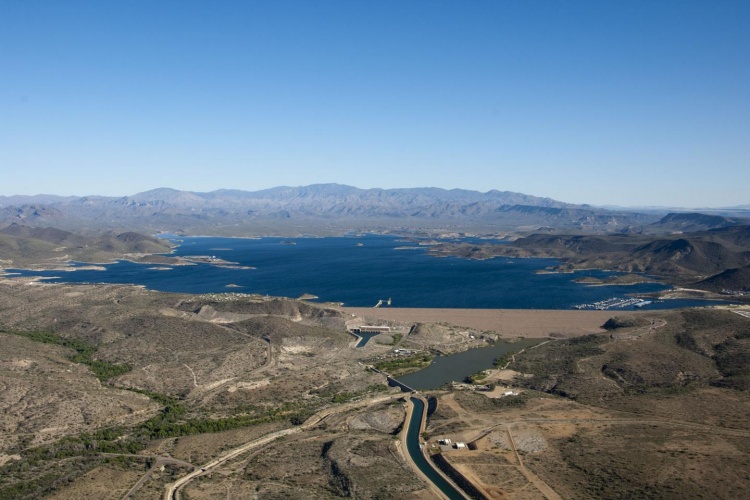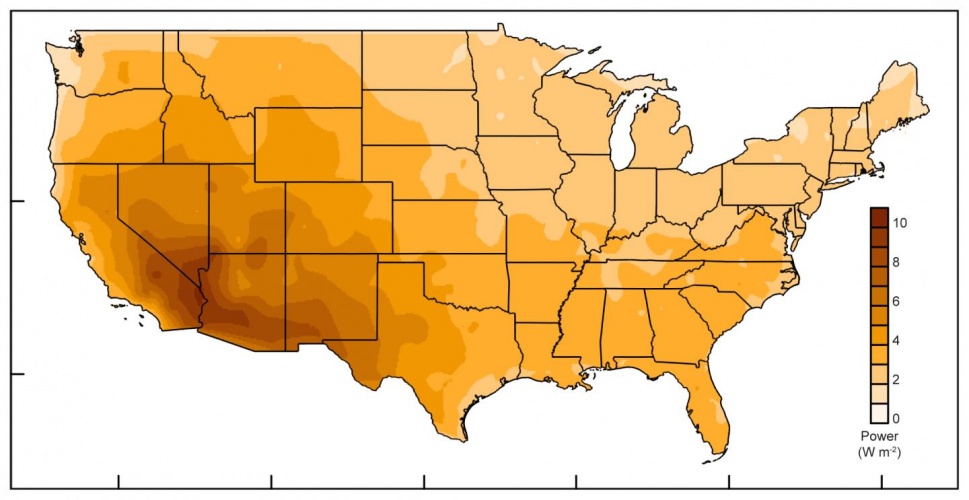A new report from Columbia University has claimed that energy harvested from evaporation of water in US lakes and reservoirs could provide power for about 70 per cent of the country.

(Credit: Central Arizona Project)
Two years ago, the team behind the latest report published research detailing how evaporation could harness energy. Its ‘evaporation engine’ draws power from the expansion and contraction of bacterial spores in the presence of humidity. The spores are placed on plastic strips, and collectively these strips act like muscles, opening and closing a shutter to control humidity while also providing a continuous source of power.
"We have the technology to harness energy from wind, water and the sun, but evaporation is just as powerful," said Columbia biophysicist Ozgur Sahin, the study's senior author. "We can now put a number on its potential."
Having proven the concept in the lab, the team has now extrapolated how much energy could theoretically be produced if evaporation engines were used on bodies of water across the US. It limited its calculations to the United States, where weather station data was readily accessible, and excluded prime locations such as farmland, rivers, the Great Lakes, and coastlines in order to limit errors associated with modelling more complex interactions. The team also made the assumption that technology to harvest energy from evaporation efficiently was fully developed.

(Credit: Columbia University)
Evaporation packs more energy in warm and dry conditions, so drought-prone states like California, Nevada and Arizona could benefit most. The team also claims that the nature of the energy generated through evaporation would help it to smooth out the intermittency of other renewable sources such as solar and wind.
“Evaporation comes with a natural battery," said study lead author, Ahmet-Hamdi Cavusoglu, a graduate student at Columbia. "You can make it your main source of power and draw on solar and wind when they're available."
On top of this, the energy-harvesting device has the added benefit of saving water, reducing the amount lost to the atmosphere by around half. According to the researchers, not only could the technology provide more than two-thirds of the country’s power demands, it could also help save about 25 trillion gallons of water per year.
The team is now working to improve the energy efficiency of their spore-studded materials and hope to eventually test their concept on a lake or reservoir. Its work is published in the journal Nature Communications.




Swiss geoengineering start-up targets methane removal
Several rather dubious statistics in this report. IF methane had 120× the thermal effect of CO2 that would be TWO orders of magnitude. Two is not...